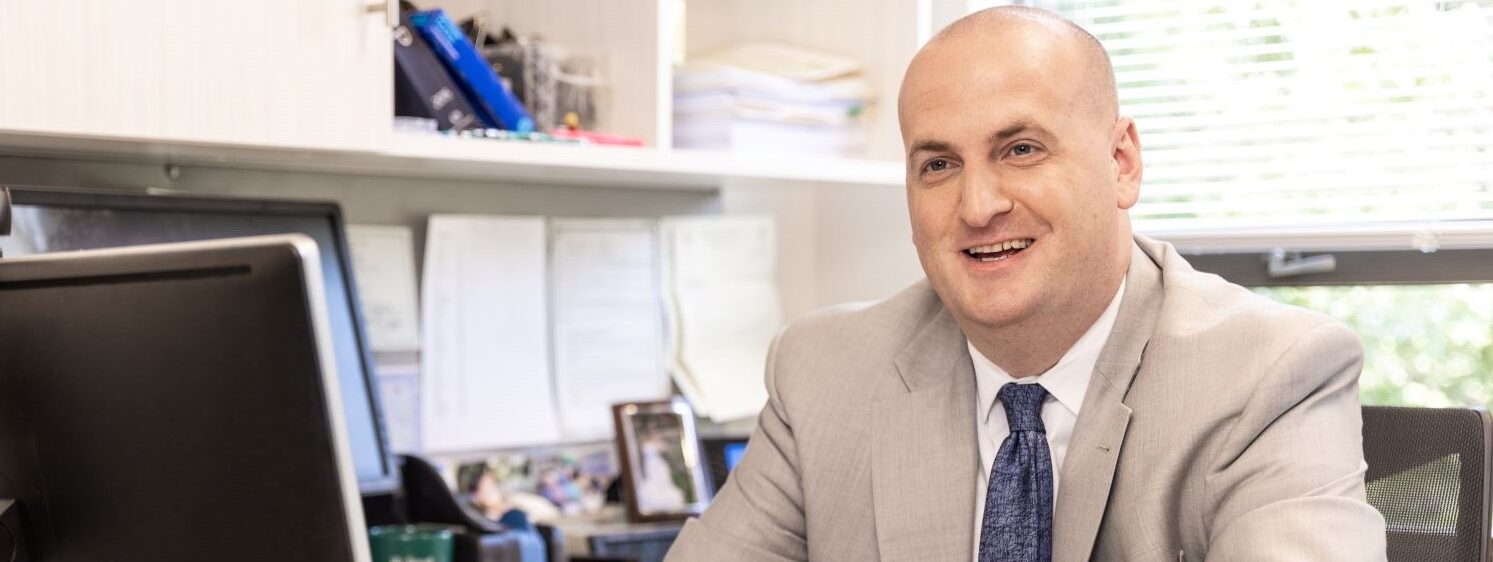Renner Nonprofit News; January 13, 2021—Joan M. Renner, CPA, CGMA
The Consolidated Appropriations Act of 2021 (CAA) includes a number of provisions to help small employers affected by the pandemic. One of the biggest features is the expansion of the Paycheck Protection Program (PPP) originally created by the CARES Act. The new law extends the time to apply, provides for a second PPP loan for hard-hit small organizations and adds more entities to the list of eligible organizations, including organizations exempt under Section 501(c)(6).
Who qualifies for a second PPP?
The new law offers a second PPP loan of up to $2 million for certain hard-hit entities. Borrowers that previously received a PPP loan can receive one “PPP Second Draw Loan” if the entity:
- Is a business, nonprofit, veterans’ organization or self-employed individual, now including certain 501(c)(6) organizations, destination marketing organizations, housing cooperatives and news organizations,
- Has 300 or fewer employees,
- Has used, or will use, the full amount of the prior PPP loan before the expected date of the disbursement of the second PPP,
- Has had at least a 25% reduction in gross receipts in any quarter of 2020 compared to the same quarter of 2019,
- Is not primarily engaged in political or lobbying activities,
- Did not receive a grant under the Shuttered Venue Operator Grant program,
- Is not ineligible for SBA loans in general under 13 CFR 120.110, and
- Has no board member that is a resident of the People’s Republic of China.
Organizations must have been in operation on Feb. 1, 2020 to receive a PPP loan as well as a second draw.
Churches and religious organizations are not excluded.
The new law affirms the sense of Congress that organizations principally engaged in teaching, instructing, counseling or indoctrinating religion or religious beliefs should not be considered ineligible for initial and second draw PPP loans.
Nonprofits should use the organization’s gross receipts to calculate their reduction in revenue.
How much can businesses receive?
The loan amount is still 2½ times the average monthly payroll costs paid or incurred. Now, the borrower can calculate using either 2019 payroll or payroll in the 12-month period leading up to the date of the loan, which is basically 2020.
Seasonal employers can base their loan amount on payroll costs for any 12-week period between Feb. 15, 2019, and Feb. 15, 2020, for loans made on or after Dec. 27, 2020. Your organization qualifies as a seasonal employer if you either 1) operate for seven months or less during any calendar year, or 2) during the preceding calendar year, you had a slow six-month period during which your gross receipts were one-third or less than the other six-month period.
How will the loan be forgiven?
The loan will be forgiven if the borrower spends the proceeds on eligible costs during the forgiveness period. Eligible costs include payroll costs such as wages, retirement contributions and health insurance, and non-payroll costs for rent, mortgage interest and utilities. At least 60% of the expenditures qualifying for loan forgiveness still must be payroll costs.
The new law clarifies that eligible payroll costs include other types of group insurance such as group life, disability, vision and dental insurance. Wage limitations contained in the CARES Act continue.
The new law also clarifies that eligible non-payroll costs include software, cloud computing services and certain costs to protect workers from COVID-19. Non-payroll costs now include the cost of essential or perishable goods ordered before or during the covered period.
The expanded forgivable expenses may be used by any borrower whose PPP loan has not been forgiven by Dec. 27, 2020.
Is PPP forgiveness reduced by an EIDL advance?
No, an Economic Industry Disaster Loan (EIDL) advance does not reduce PPP forgiveness. The new law made this retroactive. Borrowers are to be made whole if their loan forgiveness was previously reduced by the amount of their EIDL advance.
What period of time is used to calculate costs for forgiveness?
Borrowers may select any PPP forgiveness period between 8 to 24 weeks, beginning on the date the loan proceeds are disbursed. After the end of the selected forgiveness period, the borrower must apply to the lender for forgiveness.
Forgiveness will still be reduced if the borrower has cut hourly wages by more than 25% or if the borrower has reduced the number of full-time equivalent employees. Safe harbors for these will continue.
What is the deadline for applying?
The new law extends the period for making PPP loans through March 31, 2021. Contact your bank to discuss its timeline for accepting PPP loan applications.
There are many details contained in the new legislation. New guidance will be provided by the Secretary of the Treasury and the SBA. This information is intended to be a summary of the basics and is not a substitute for individual advice. For specific information about how these provisions apply to you, contact your finance professional.
Questions about your PPP?
Contact us for assistance or give us a call at 703.535.1200.
©2021 Renner and Company, CPA, P.C. All Rights Reserved.


